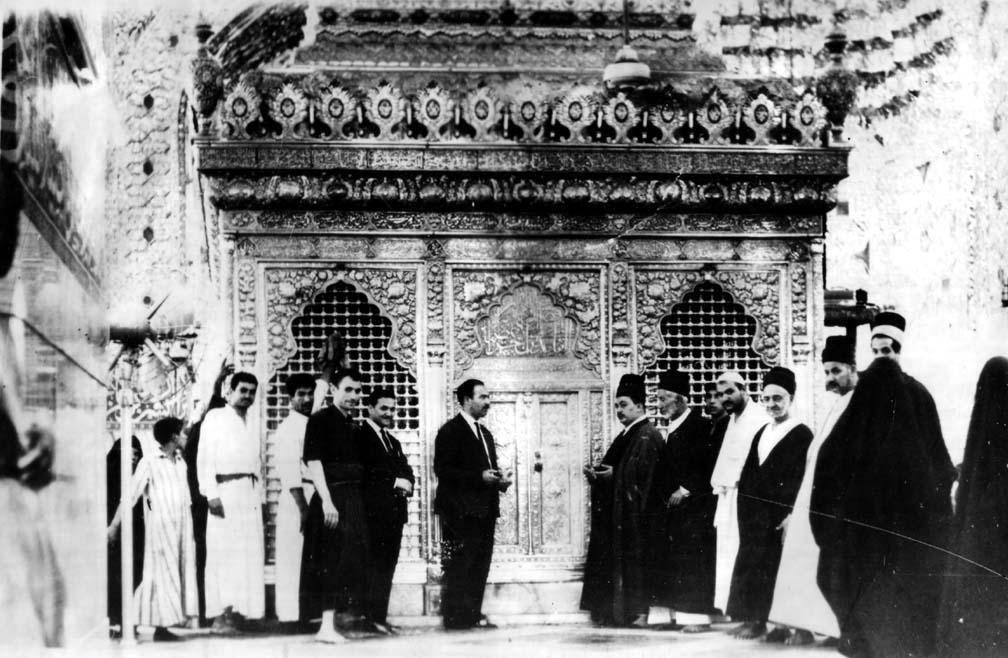In 1842 A. D., during the attack of the Ottoman wali (governor) Najib Pasha's forces on Karbala, buildings were damaged and part of the city wall destroyed.
Karbala was also described by the British archaeologist Loftus following his journey to the city in 1853 A. D. and said that "there were many buildings built outside the city wall". This shows that the city began to expand during this period. Loftus also mentioned that "there were a number of kilns for brick making on the outskirts of Karbala". These are also signs that brick making began to become widespread during this period. Loftus further indicated that "most of the houses were destroyed during the attack on the city by Najib Pasha".
John Ussher who was a member of the Royal Geographical Society in London arrived in Karbala in 1864 A. D. and described it "to have a wall with gates, its streets were narrow and the houses were standing close together, and many were in the course of erection".
In 1868 A. D., the Ottoman wali (governor), Madhat Pasha, made a visit to Karbala and ordered the demolition of part of the city wall from the south westem side and the city was then expanded by adding another quarter which was named al-Abbasia quarter. This quarter was later divided into two quarters, al-Abbasia al-Sharqia (the eastern wing) and al-Abbasia al-Gharbia ( the western wing) separated by al-Abbas street. Thus the city of Karbala consisted of eight quarters, six of them were either named after the gates of the city wall or the areas close to them. These quarters are as follows:
1. Bab al-Khan Quarter: Located in the eastem part of the city.
2. Bab al-Taq Quarter: Located in the westem part of the city and to the south of Bab al-Salalma quarter.
3. Bab Baghdad Quarter: Located north of the city in the direction of the route to Baghdad.
4. Bab al-Najaf Quarter: This is located in the town centre between the two holy shrine of Imam Hussain and al-Abbas and was previously known as Bab al-Mashhad.
5. Bab al-Salalma Quarter: Located north of the city and west of Bab Baghdad quarter.
6. Al-Mukhaiyam Quarter: Located in the westem part of the city and south of Bab al-Taq quarter.
7. Al-Abbasia al-Sharqia Quarter: Located to the south east of the city and east of al-Abbas Street.
8. Al-Abbasia al-Gharbia Quarter: Located to the south west of the city and to west of al-Abbas street'.
Source:
- Holy Shrines of Karbala: By Raouf Mohamed Ali Al-Ansari [p 106-109].

